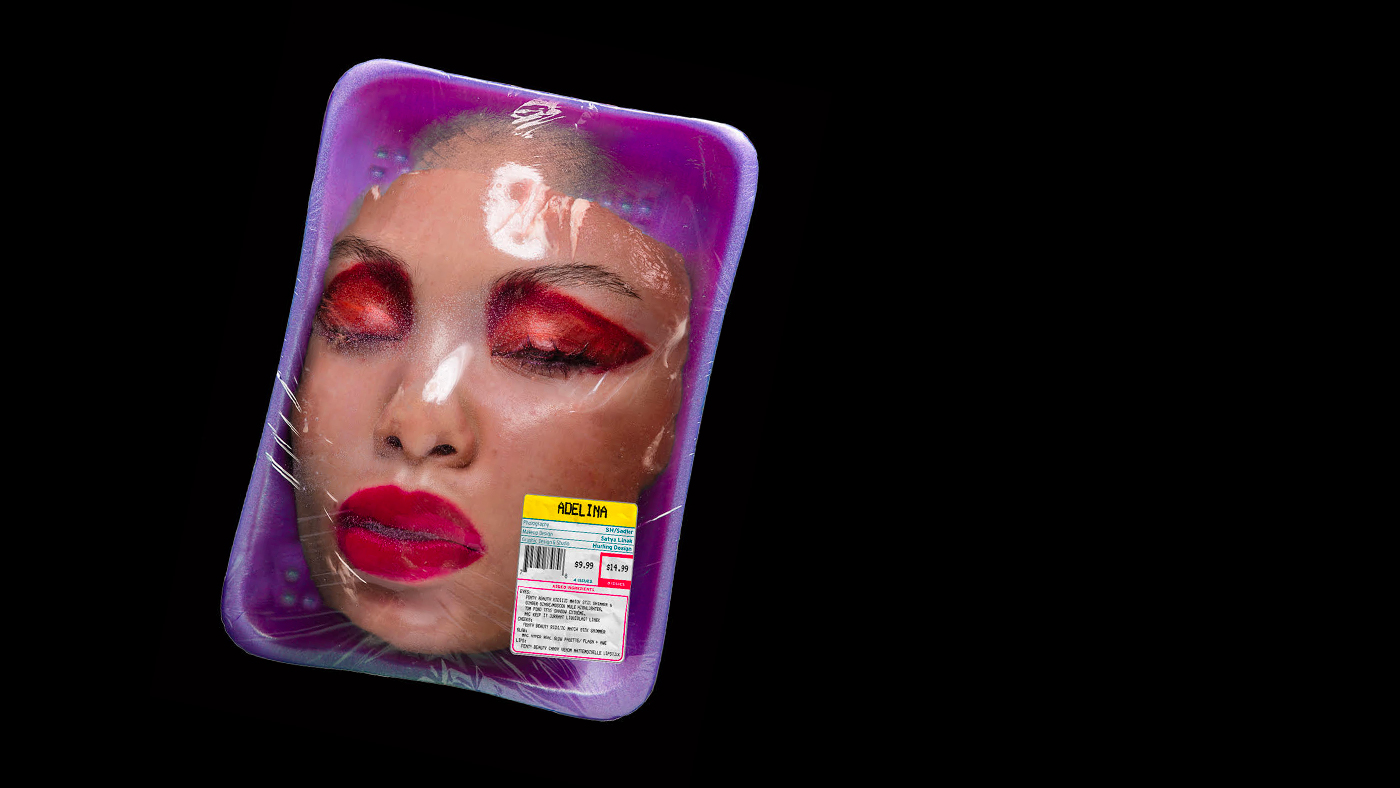The application of algorithmic-powered modifications of faces and bodies generates new figurative practices. The users are offered with an instantaneous and almost perfect simulacrum of themselves, representations of further and past experiences, a reproduction and simulation of existences. It is possible to realize the desire (or curiosity) of imaging the transfiguration of a different self by transcending real identities into certain social desirable conditions while maintaining what it is generally hidden. Everyone now is able to access these effective technologies easily, thanks to a plethora of digital mobile applications that can make a person looks older, younger, slimmer or fatter - and more - in a blink of an eye. Moreover, the global spread of the phenomena and the ease of use of the applications in recent years have raised concerns and controversies, such as privacy matters of use of personal images, edited bodies encouraging body dysmorphia, and beauty racist bias. The project aims to provide an overview through different perspectives on the subject, ranging from the public discussion to the way face and body modification apps appear.

DensityDesign FSDS 2019/2020
Perfect me: ALGORITHMIC HUMAN ADJUSTMENTS
A project by Matteo Bettini, Teresa Cremonesi, Alexandru Enache, Giovanni Lombardi, Valentina Pagano, Pengyuan Ren




